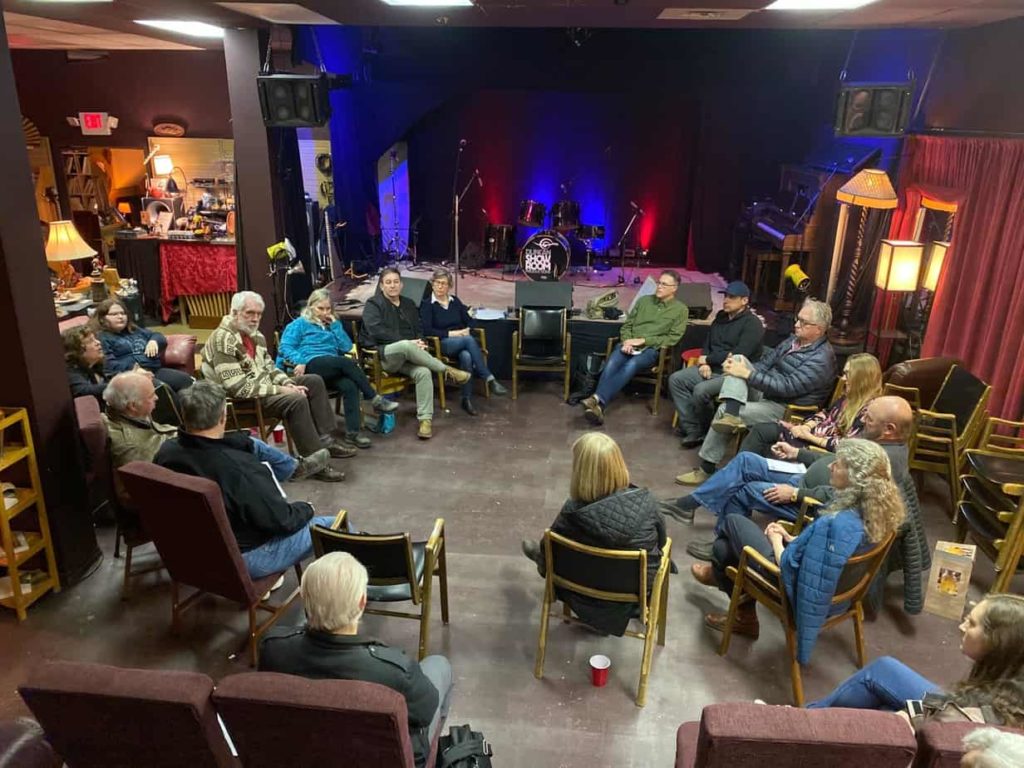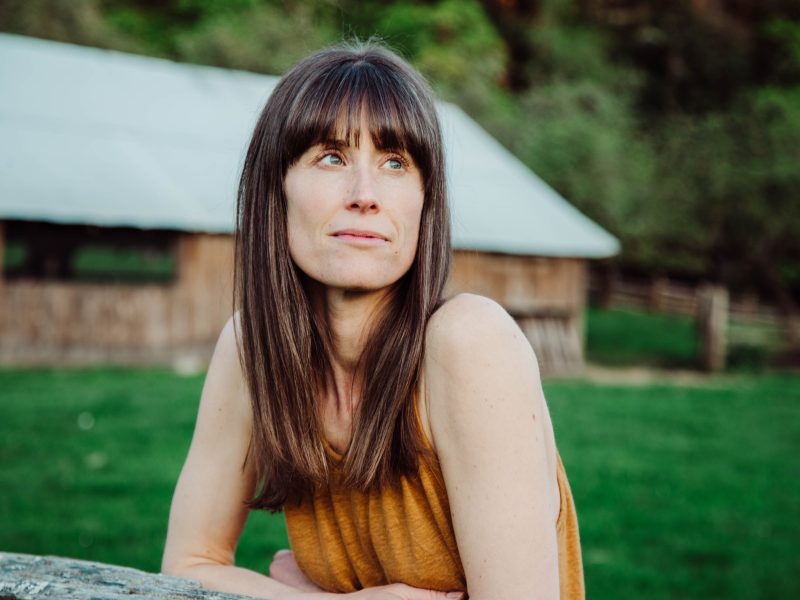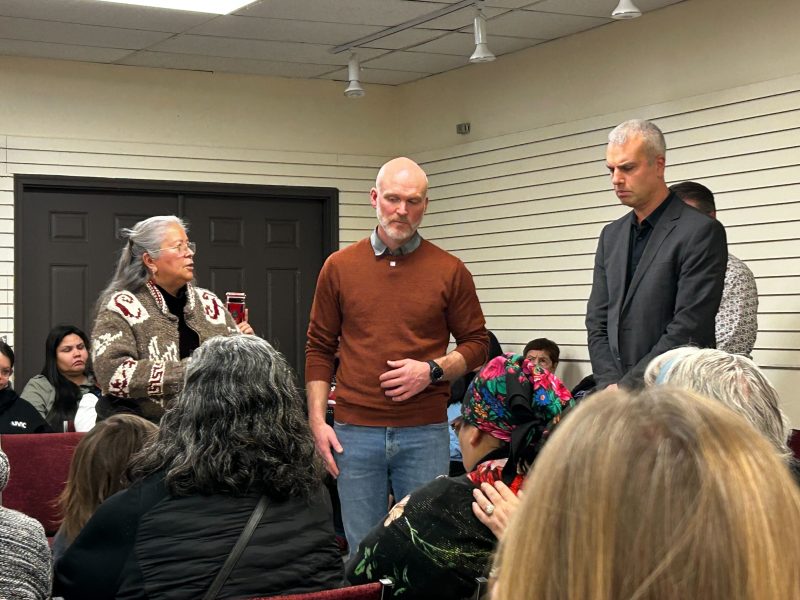
Last week, about 25 community members gathered at The Duncan Showroom to give their input on how The Discourse Cowichan can contribute to better reporting on issues of homelessness and life on the streets of Duncan.
Reporter David Minkow has been digging into this topic for the past month or so. If you missed it last week, here’s his story on what we know about where homeless people here come from. The goal for his investigation is to go beyond reporting stereotypes and really help people understand the complex realities of what’s happening, what’s changing and where solutions exist.
That’s why we asked for your help. Here are some of the takeaways that David and I heard at the Public Newsroom.
What do you see in media coverage of homelessness and street life?
- It’s overwhelmingly negative.
- It’s oversimplified. Issues of homelessness, drugs and crime are lumped together as if they are all one and the same. Very different groups of people are treated as if they are the same.
- Perspectives of businesses and housed neighbours get more coverage than perspectives of the people who live on the streets.
- Social media comments are often abusive to vulnerable people. They perpetuate stereotypes and an us-versus-them mentality.
What does better journalism look like?
- Show the realities of daily life for people entrenched in street life. Give them a voice. Let them tell their own stories.
- Share a diversity of stories and experiences that show that homelessness doesn’t just look like one thing.
- Show the pathways out of desperate situations for those living them. How can it get better? Who has walked that path before? Share success stories.
- Explore complexity. Connect individual stories with the bigger picture, including policy, politics and economic systems.
- Offer suggestions for how to be an ally, and how to help.
- Emphasize community responsibility for grappling with the issues and solutions.
- Build bridges of understanding between groups of people in conflict.
- Tell the stories of helpers and helping organizations that are making a difference.
- Share practical information on where people in need can get help.
- Look into prevention. How can we help people before they are in crisis?
Why it matters
We also heard why journalism and storytelling is important. A few people at the event recalled when the film Broken Down by Harold Joe shone a light on the realities of sleeping rough in Cowichan. It was an eye opener for many in the community, we heard. Back in 2008, the film nearly sold out the Cowichan Performing Arts Centre twice, and raised more than $6,500. The filmmaker donated the proceeds towards the construction of Warmland House, the emergency shelter and transition house, which opened in 2009.
Stay tuned for new stories from David as he continues his investigation. They will no doubt be strengthened by your feedback.
Also, please save the date for the next Public Newsroom: “Women in Cowichan Media.” It will be held Saturday, March 21, from noon to 2 p.m., location TBA. The event is in partnership with the Cowichan Valley International Women’s Day Festival. Stay tuned for details and announcements of special guests.



